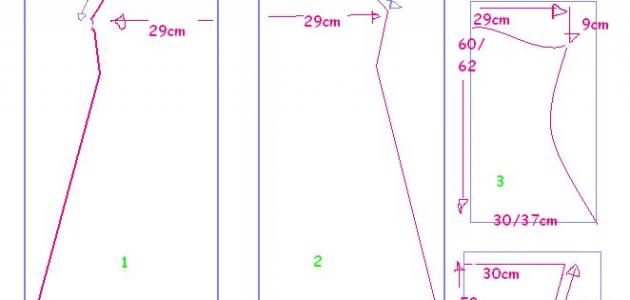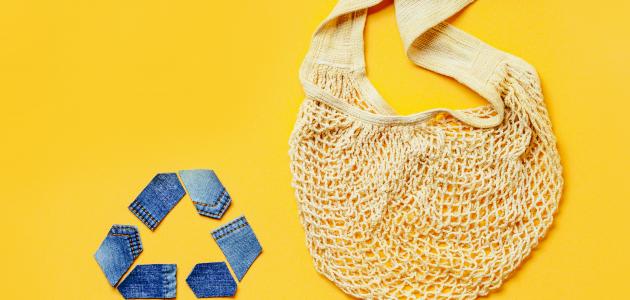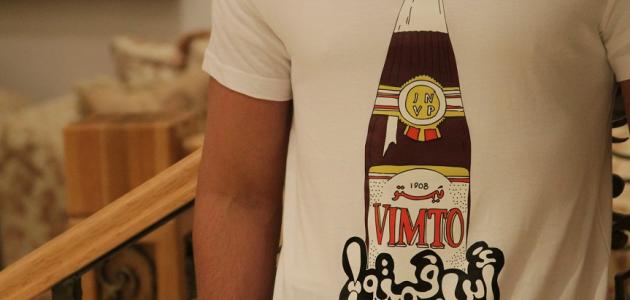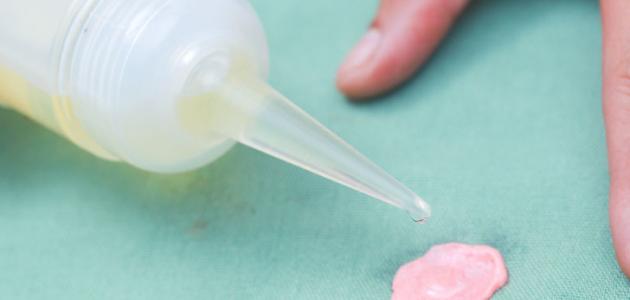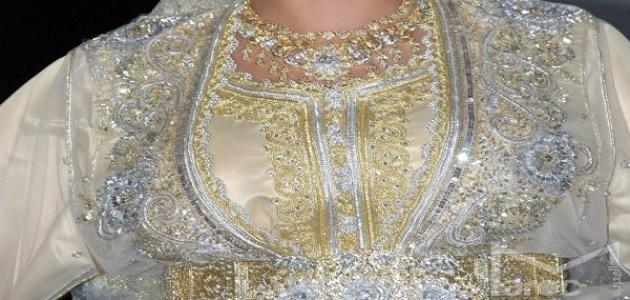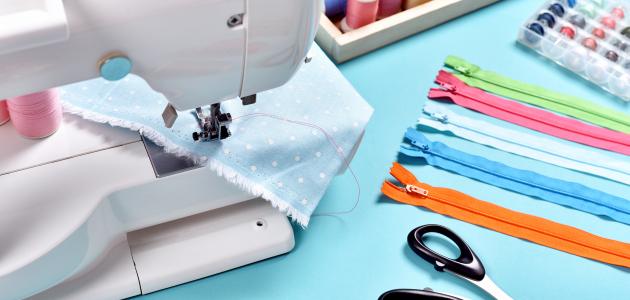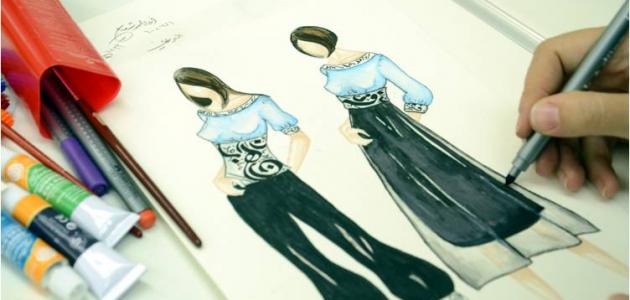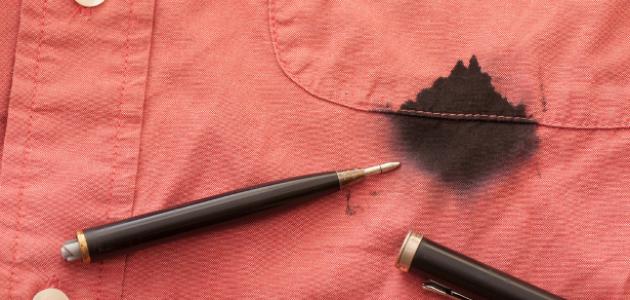Iraqi women's dishdasha
Iraqi women still preserve the authenticity of their traditional clothing, and are keen to wear it at home and while leaving the house, so that it does not disappear and become merely an ancient folk dress that was common among the ancestors. This dress is represented by the long, full dishdasha that covers all parts and details of the body, with feminine colors and decorations.
The brilliance of the names of some Iraqi designers of women's clothing in the world of fashion led to their interest in the traditional Iraqi dishdasha, and to redesign it to suit the taste of women and girls in the current era, so that it remains on the list and does not disappear with time, so home dishdashas, sports dishdashas, and evening dishdashas appeared, In various colors and designs.
How to detail the Iraqi dishdasha
This simple design of the Iraqi dishdasha was created for beginners in the world of sewing, because it is easy to implement and sew, without the need to study various detailing and sewing books.
Tools
The most important tools to have during detailing are the following:
- Sewing measuring meter.
- Pointed pins.
- Sharp scissors.
- Long transparent ruler, curved ruler.
Steps
- Prepare a straight table to work on, and cover it with a cover to protect it from the effects of scissors and pins.
- Measurements: Chest circumference, waist circumference, and pelvic circumference are taken, in addition to neck rotation, arm rotation, hand joint rotation, and body length from shoulder to feet. All of them are recorded on a sheet of paper for reference when starting to detail.
- A piece of cloth. To tailor a complete abaya that covers all parts of the body, we need a piece of cloth twice the length of the abaya to be tailored, and with a width slightly greater than the width of the arms span together. Normally, for normal-weight women, it is 3 meters long and 170 cm wide. The piece of cloth is folded in the middle of its length and spread out over the sides. The table, so that the resulting length is 150 cm.
- A long line is drawn from the top of the fabric downward along the previously taken body.
- The neck opening comes in the upper corner of the folded side of the fabric. The shape of the neck opening, whether it is in the form of a circle, square, or V, is determined by drawing half of the shape on this corner.
- Using a long ruler, draw a horizontal line from the angle of the dome along the combined length of the shoulder and arm, specifying the point where the shoulder connects with the arm, and the point where the forearm connects with the hand, and determining the semi-rotation of both the arm and hand in their specific places.
- Determine each of the half circumferences of the waist, pelvis, and chest in their correct places along the body line, by drawing a horizontal line on them.
- Using a curved ruler, draw a curved line between the chest, midsection, and pelvis lines, heading straight down the length of the body.
- Pin the folded piece of fabric with pins, along the dishdasha line, and cut the dishdasha design, leaving 3 cm outside, to bend the fabric when sewing.
- Repeat the previous steps again to make the back of the dishdasha.
- The back of the dishdasha is combined with the front with pins, and sewn using a sewing machine, while sewing the neck and hand openings and the bottom opening inward.
